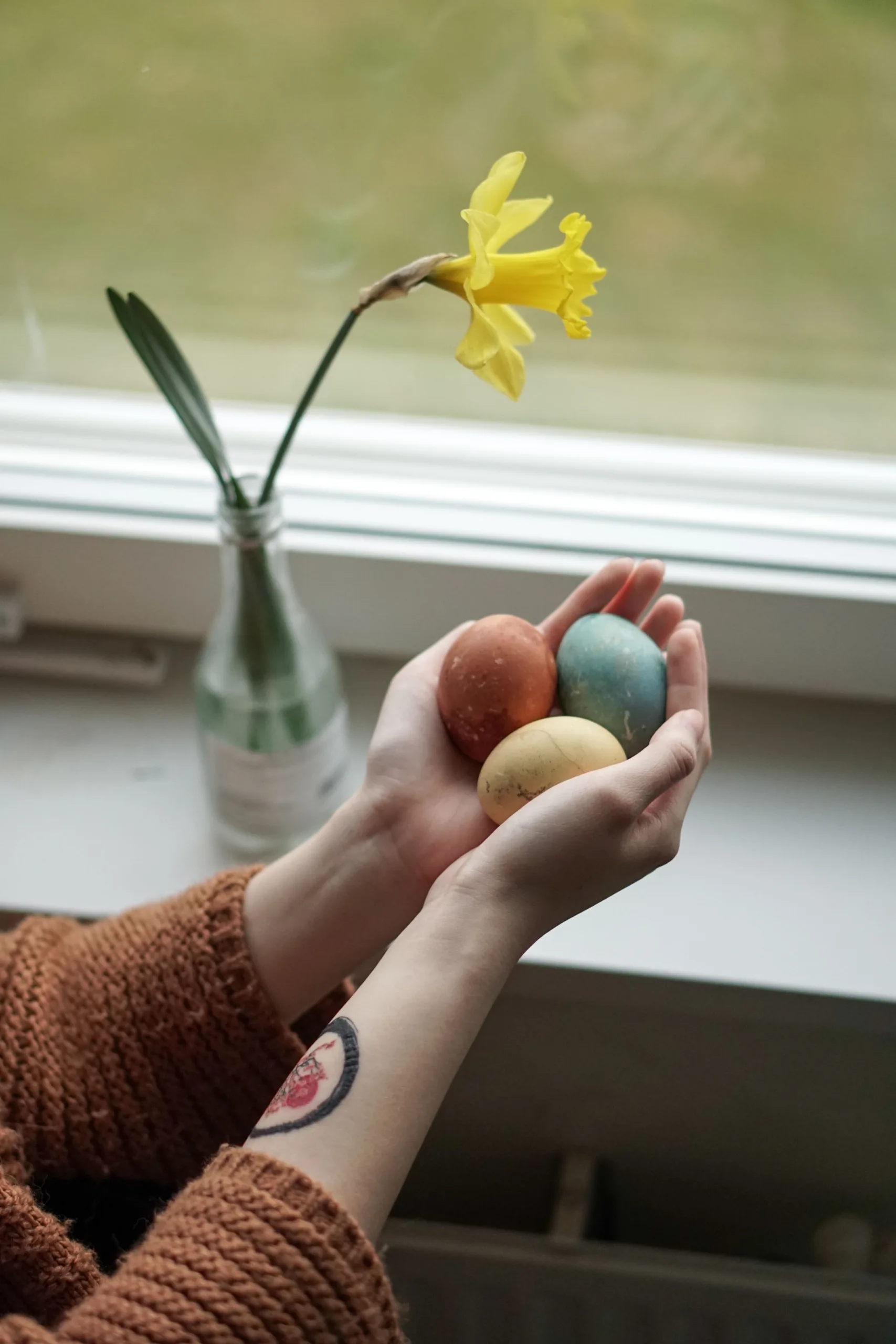Dyeing eggs for Easter is a fun tradition for the whole family, but what’s in store-bought egg dyes? For a natural alternative, we’ve found homemade remedies for five of your favorite Easter egg colors.
For each of the following colors, dye using the following instructions:
Bring the dyeing ingredient and water to a boil. Bring the mixture down to a simmer, covered, for 30-60 minutes until your desired color is reached. The eggs will be several shades lighter so it’s best to go for deep hues. Remove the egg dye from heat and let it cool to room temperature.
Pour the dye through a strainer into bowls or jars and add 1 tablespoon of vinegar for each cup of dye. Add hard-boiled eggs to the dye and place them in the fridge until the desired color is reached. If you leave them overnight, you’ll achieve brightly dyed eggs!
Pink
beets
You will need equal parts water and grated beets as well as some vinegar. For example, 1 cup water, 1 cup grated beets, and 1 tablespoon vinegar.
Yellow
turmeric
For yellow, you’ll need a half tablespoon of turmeric per cup of water.
Orange
yellow onion skins
Orange requires 2 cups of yellow onion skins. Use enough water to cover the onion skins by an inch.
Green or Blue
Purple cabbage
Use brown eggs for green and white eggs for blue. 1 to 2 cups of shredded cabbage should have enough water to cover it by 2 inches.

Natural Earth Paint
Still not convinced, or don’t have the time? Natural Earth Paint makes an all-natural egg dye kit. Pick yours up at the Co-op for a quick but natural alternative to traditional dyes.
Happy Easter!
